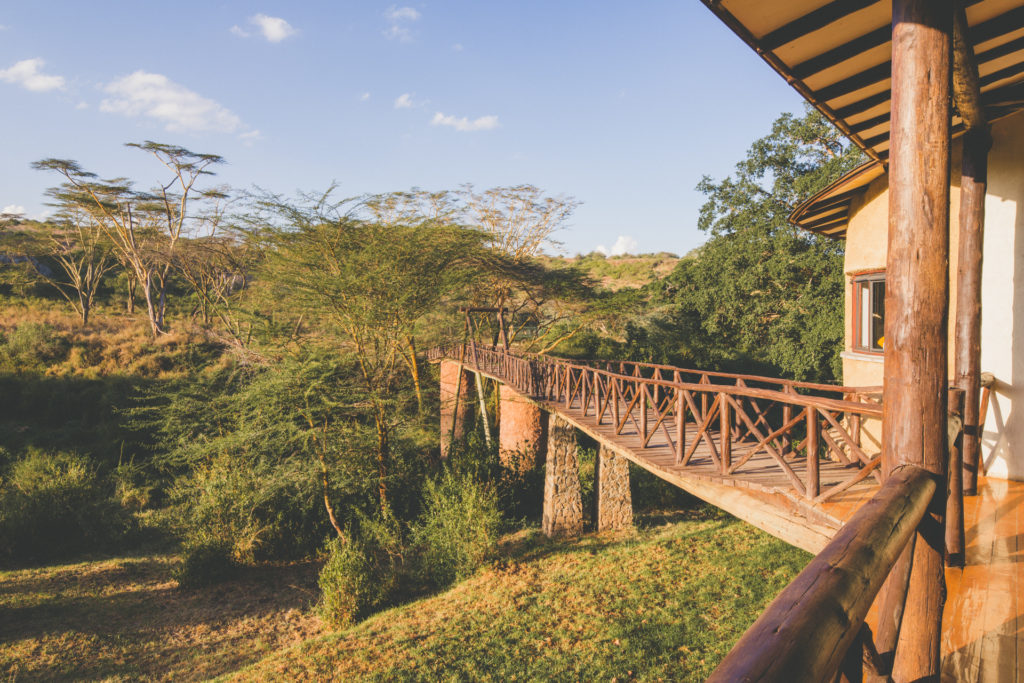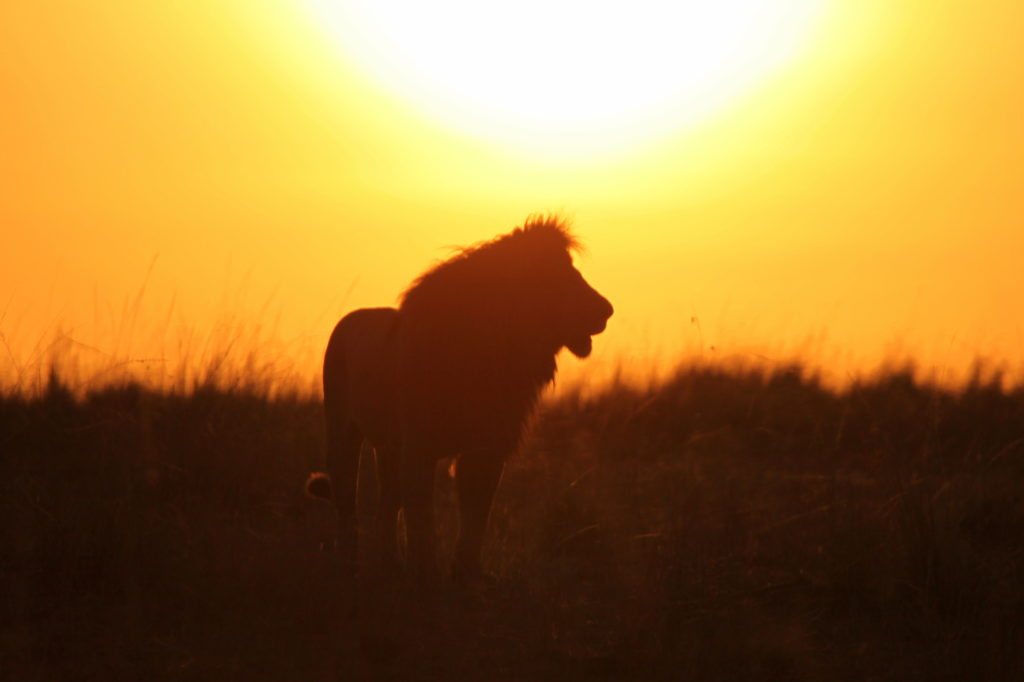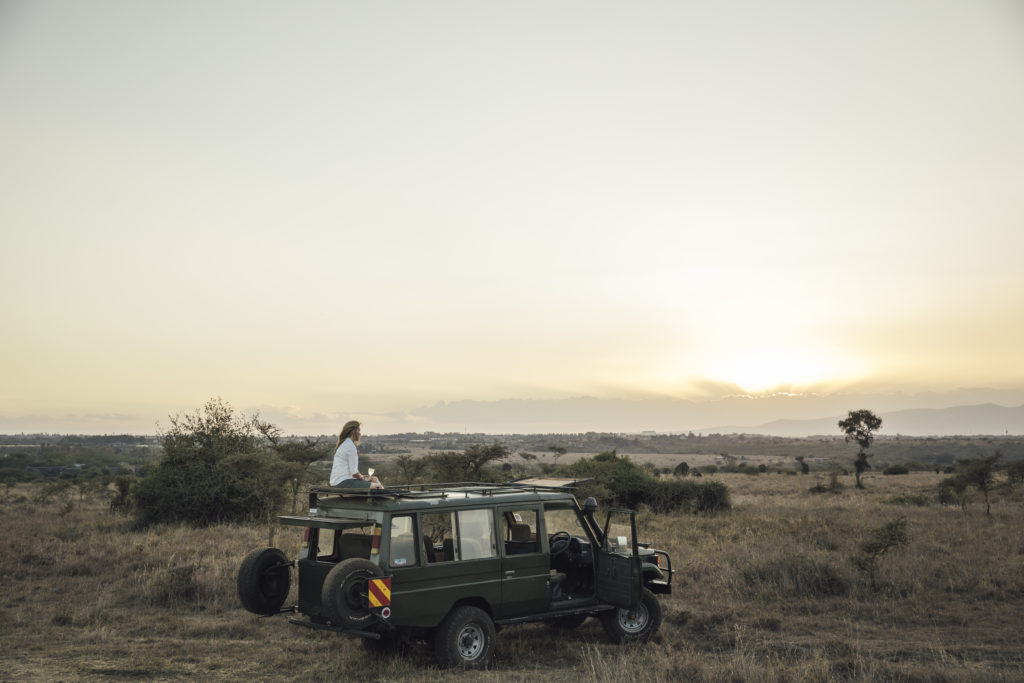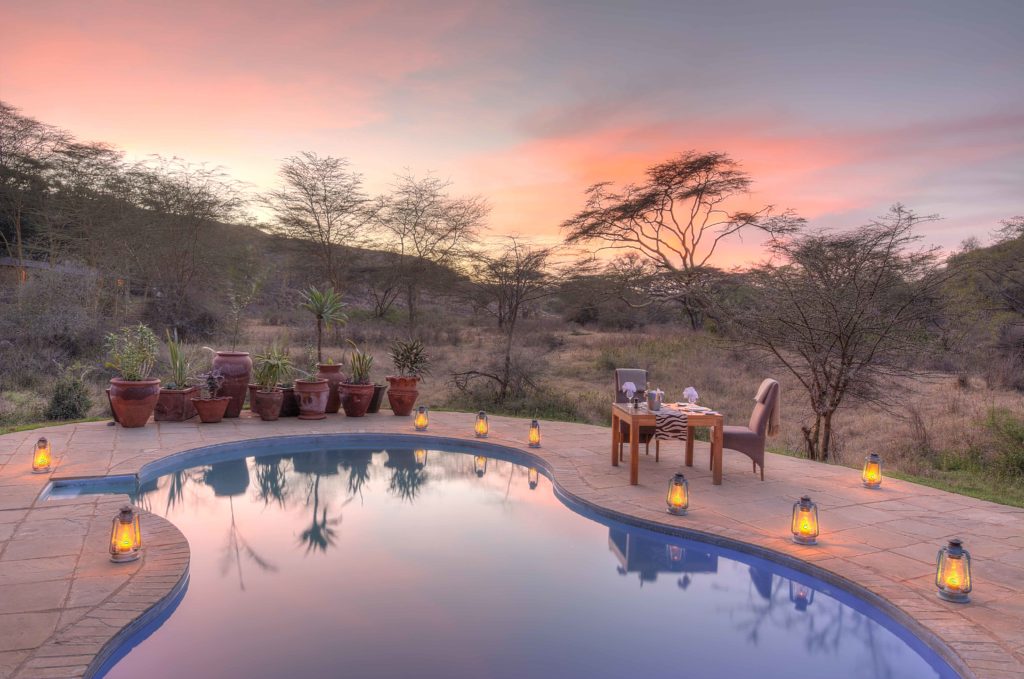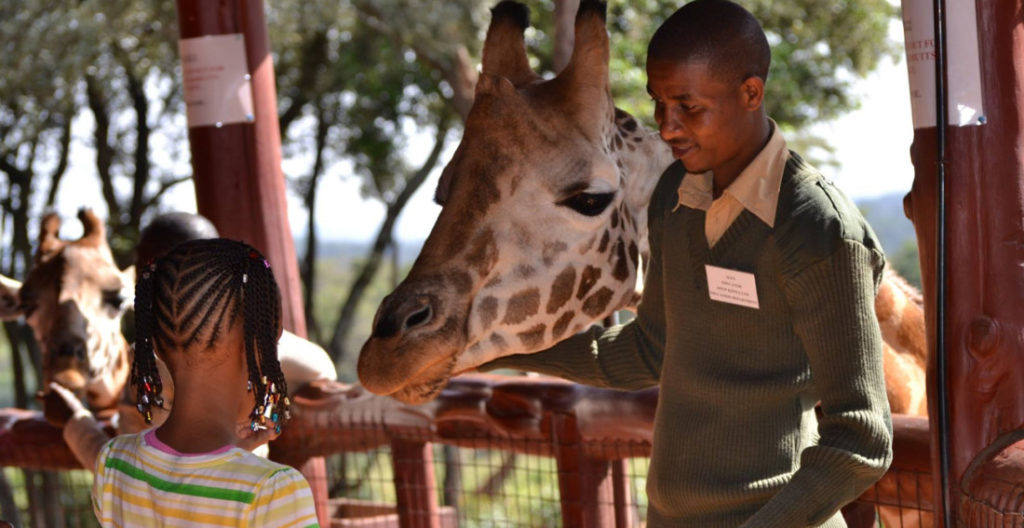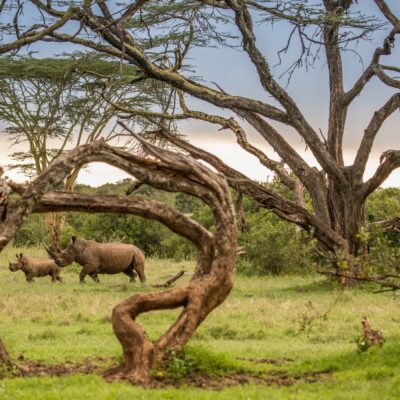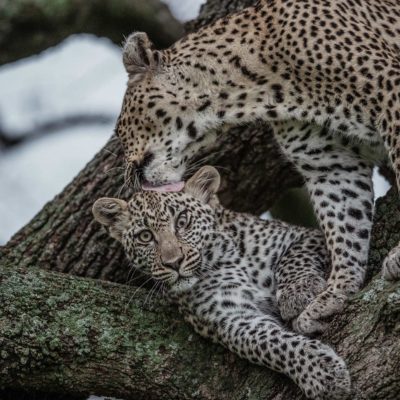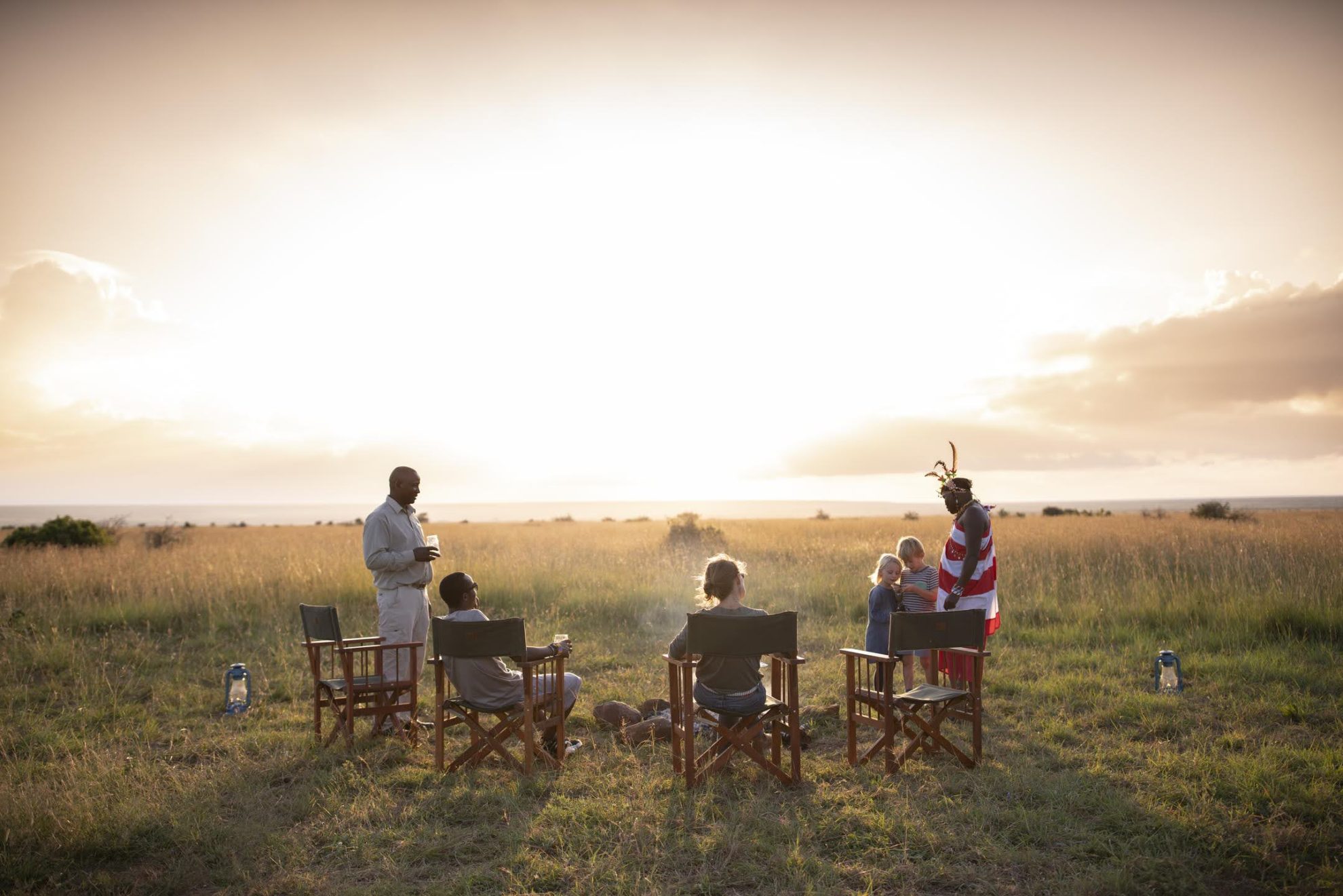
National Parks in Kenya
Located in East Africa with a coastline flanking the Indian Ocean, Kenya encompasses vast landscapes – savannahs, Lakelands, the dramatic Great Rift Valley and mountain highlands too. It is home to rich and thriving animal populations, including lions, elephants and rhinos. From the capital, Nairobi, safari-goers make their way to the Masai Mara Reserve (known for its annual wildebeest migrations) and Amboseli National Park (which offers breathtaking views of Tanzania’s 5,895 m Mt. Kilimanjaro). The fact that it straddles the equator with negligible seasonal temperature variance makes Kenya the perfect year-round destination for a combination safari-and-beach holiday.
Seen as the sacred land of safari, Kenya has a special appeal from July to October. It is at this time that the scene is set for one of the world’s most epic natural wonders when almost two million wildebeest, zebra and gazelle leave the southern Serengeti, to arrive in the Masai Mara from late June. The Masai Mara, together with Amboseli and Tsavo National Parks and the Chyulu Hills, offers fantastic year-round game viewing including the legendary ‘Big Five’. Our highlights for a Kenya safari includes: Wildebeest Migration, The Lakes & Great Rift Valley, Big Five, Beautiful Landscapes, Local Culture and Mount Kenya.
Nairobi National Park
Nairobi is the largest city and capital of Kenya, famous for the world’s only game reserve found within a major city, the Nairobi National Park. It’s home to the world’s densest population of rhino with the park consisting of a staggeringly diverse birdlife with 400 species recorded. Northern migrants pass through the park primarily during late March through April. To the south of the park are the Athi-Kapiti Plains and Kitengela Migration and dispersal area.
These are vital areas for herbivores dispersal during the rains with them concentrating in the park during the dry season. Vast open grass plains with scattered acacia bush are predominant as you glance your eye towards the horizon. On the western side resides a highland dry forest and a permanent river with a riverine forest in the south.
Meru National Park
Situated in northern Kenya, in an area of 870km², Meru National Park is an untamed wilderness featuring lush jungle, coursing rivers, verdant swamp and khaki grasslands. The western border is fringed by the Nyambeni Hills, topped with pockets of protected forests, which are the source of 13 permanent rivers that feed into the park. This remote and unspoilt paradise provides a chance to see Grevy’s zebra, elephant, Bohor reedbuck, hartebeest, snakes, buffalo and more than 427 species of birds.
The Park is famously associated with the book and film “Born Free”, with many visitors here quoting it and wanting to go to the specific locations used by the film. Meru’s successful rhino sanctuary now covers a substantial 80km² protecting around 40 white rhinos and 20 black rhinos, furthering the countries Sustainability Development Goals for 2020 and the future.
Mount Kenya National Park
The majestic Mount Kenya is the backdrop to this exceptional scenery and park offering its visitors mountain climbing, game viewing, cave exploration and camping. The park was established in 1949 to protect Mount Kenya, the wildlife and surrounding environment. This aligned to the importance of tourism for the area and the conservation of both the biodiversity and water catchment for the surrounding area. The vegetation and wildlife in this region have adapted to the unique climate which makes us a diverse and varied number of different species and types of plant life.
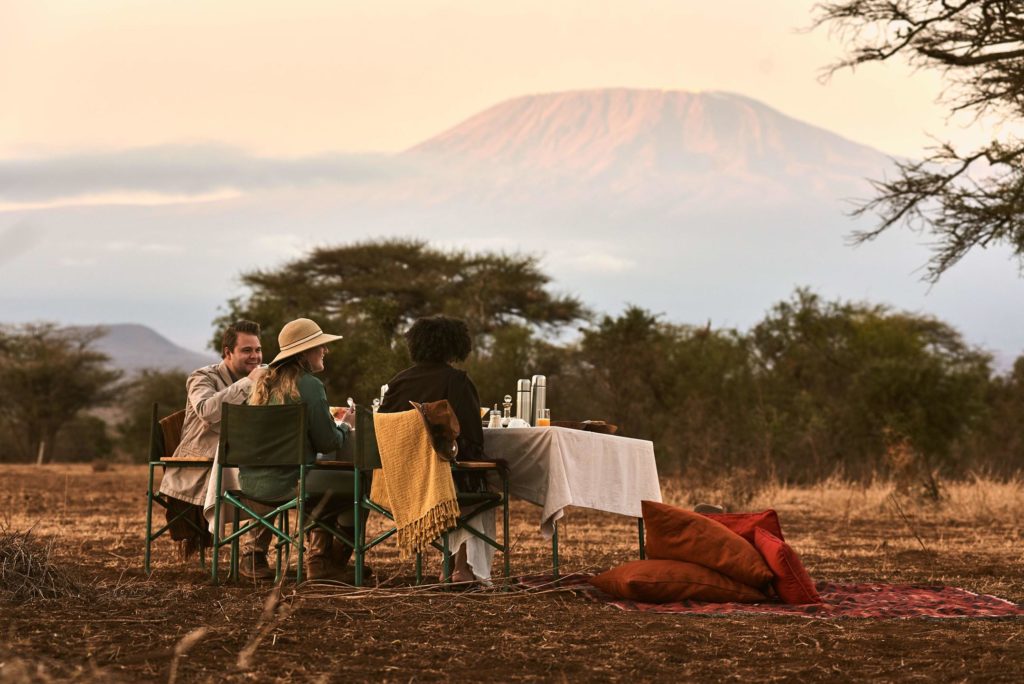
Aberdare National Park
Though small in size, Kenya’s picturesque Aberdare National Park is a vastly different experience from the country’s more famous savannah reserves. Steep forested ravines and open moorland provide a habitat for a variety of game. Rare sightings include the giant forest hog, bongo, golden cat, serval cat, African wild cat, African civet cat and the blue duiker. Created to protect the Aberdare Mountains of the Central Highlands, an isolated volcanic range that forms the eastern wall of the rift valley, it comprises 2 ecosystems unusual to Kenya: a moorland plateau and a dense rainforest. Aberdare National Park is popular and easily accessible, particularly in the drier months of January and February.
Lake Nakuru National Park
This is one of Kenya’s most notable and finest national parks, varying in diversity and pleasing to the eye. With rare tree-climbing lions often sighted at the forested area below Flamingo Hill, one must look up rather than down to spot these predators. It’s also a bird lover’s haven, the park hosts over 400 bird species including 5 globally threatened species, and is an important stop on the African-Eurasian Migratory Flyway. Nestled within the national park is a rhino sanctuary that protects the endangered white and black rhino, ensuring levels of the species remain high.

Masai Mara National Reserve
The Masai Mara technically isn’t a national park but a reserve, as it belongs to the Maasai with a history dating back to the 17th century. It’s one of the most popular reserves in Africa with thousands of visitors journeying here from all around the globe each year. During your time here we recommend a Maasai village visit in order to understand the culture and wonderful way of life that is still going strong after hundreds of years.
The game viewing in this region is spectacular with morning, afternoon and night drives giving you sunrise to sunset to take that perfect picture of the big 5. The most famous event of the region is the Great Migration, that takes place in July and August every year, making the Masai Mara an ultimate top destination for people who lust for a safari adventure. Our one recommendation here is a hot-air balloon ride at sunrise, as it shows this magnificent National Reserve from a whole new perspective that only God sees.
Amboseli National Park
Amboseli National Park’s most renowned and widely known feature is getting up close and personal to large-tusked elephants with Africa’s highest peak, Mount Kilimanjaro overseeing the proceedings. In the heart of the park sits an elephant research camp that’s generally not open to the public however, if you book through us we can contact the in-country operator and schedule time here.
Noomotio, or otherwise known as Observation Hill, is one of the only areas of the park where you may get out and explore by foot giving you the ability to really get close to Kenyan nature. Sitting next to Amboseli is the Sinet Delta, along the northern side which has been found to draw nature photographers with over 370 species of birds on record.
Tsavo West & East National Parks
Tsavo is the largest national park in Kenya at 22 000km², making it one of the largest in the world. Through the creation of a railway going from Mombasa to the interior of Kenya, the park was divided. The western side is more dramatic with diversity in landscapes ranging from swamps and springs to mountainous terrain with it being known for its birdlife and large mammals as well as smaller plains game. The Shetani Lava Flows and Mzima Springs are points of interest within the park amongst many natural landmarks and look-out points for maximum game viewing.
Tsavo East is the larger of the two parks, wild in nature and character with easier game viewing due to the flat, dry grassy plains. One of Kenya’s largest rivers, the Galana River flows and meanders through the park. This is another haven for nature photographers with over 500 bird species and predators such as lions, leopards and cheetah sprawling and traversing the vast and diverse land.
Trips through Kenyan National Parks

